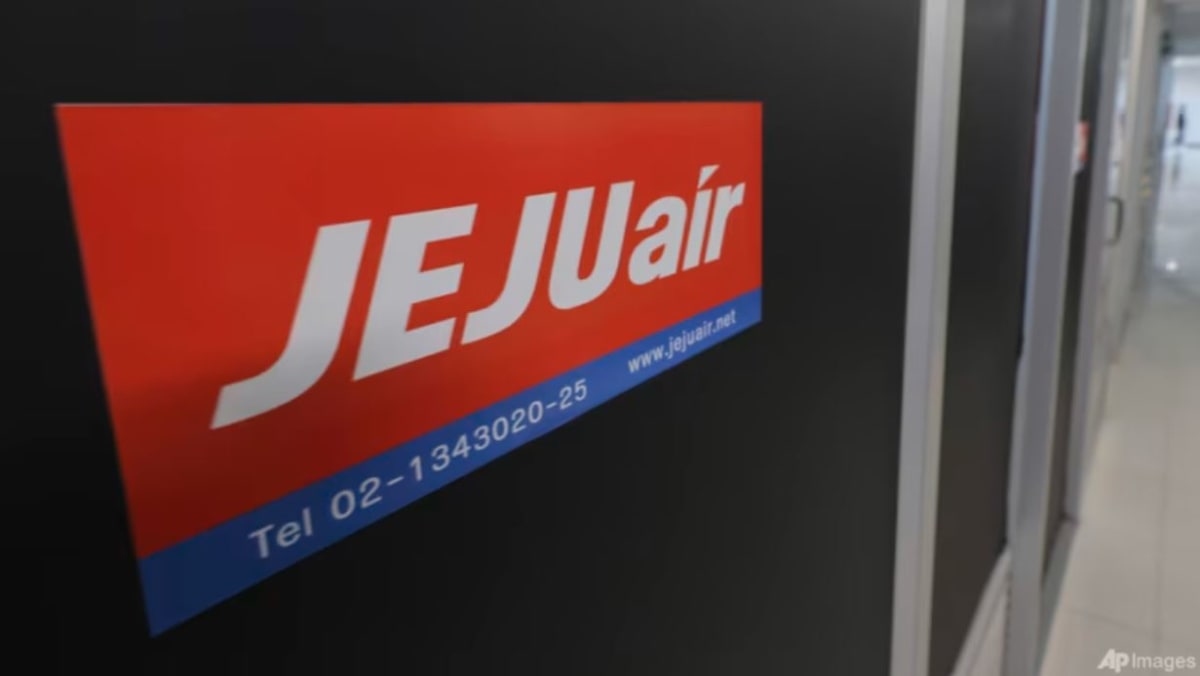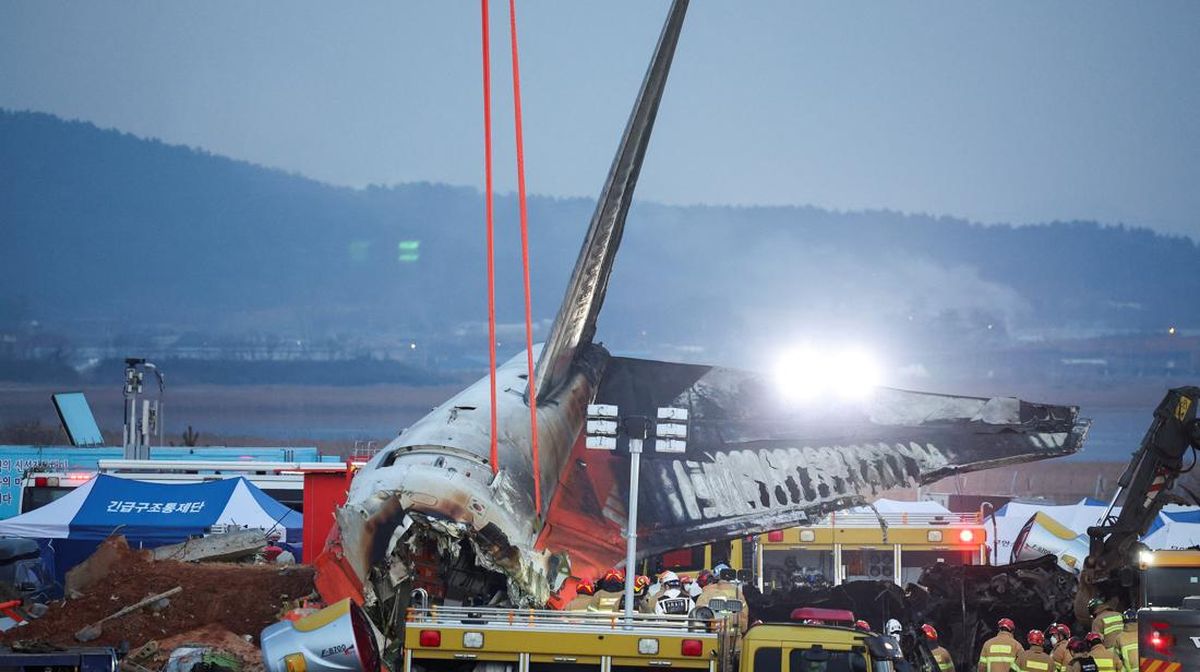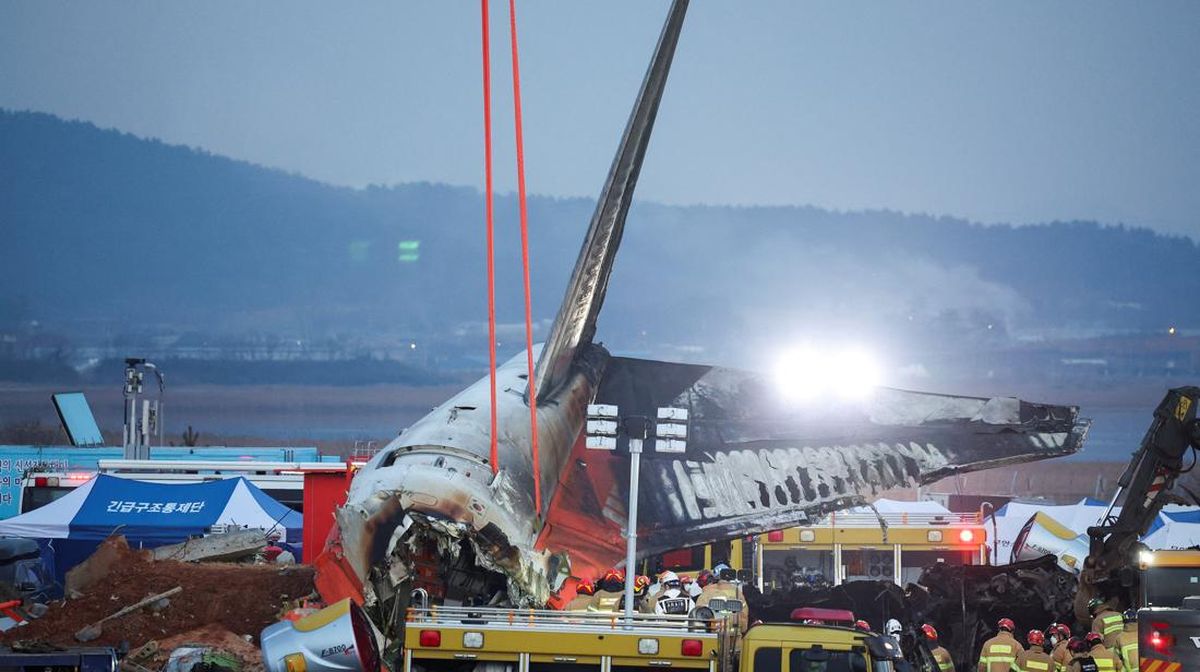Jeju Air, South Korea’s leading low-cost carrier, offers a compelling blend of affordability and extensive flight options. This guide delves into various aspects of the airline, from its impressive network and modern fleet to its customer service policies and sustainability initiatives. We’ll explore Jeju Air’s growth, competitive landscape, and future prospects, providing a comprehensive overview for both seasoned travelers and curious minds.
Understanding Jeju Air’s strengths and weaknesses allows for a more informed travel decision. Whether you’re planning a trip to Jeju Island or exploring further afield in Asia, this in-depth look at the airline will help you decide if it’s the right choice for your travel needs. We’ll cover everything from baggage allowances and in-flight amenities to the airline’s financial performance and commitment to environmental responsibility.
Jeju Air’s Flight Network
Jeju Air’s extensive flight network connects numerous destinations across Asia, offering a diverse range of travel options for both domestic and international travelers. Its strategic route planning and expansion have solidified its position as a major player in the South Korean low-cost carrier market. This section details Jeju Air’s flight routes, network expansion, and a comparison with competitors.
Jeju Air’s Domestic and International Flight Routes
The following table provides a snapshot of Jeju Air’s major flight routes, though the exact frequencies can vary seasonally. This data is for illustrative purposes and may not reflect real-time scheduling.
| Route | Destination | Frequency (Example) | Notes |
|---|---|---|---|
| Domestic | Seoul (Gimpo) – Jeju | Multiple daily | High-demand route |
| Domestic | Seoul (Incheon) – Busan | Daily | Significant business travel |
| International | Seoul (Incheon) – Bangkok | 3 times per week | Popular tourist destination |
| International | Seoul (Incheon) – Osaka | Daily | Strong business and leisure travel |
| Domestic | Busan – Jeju | Multiple daily | High-demand route |
| International | Seoul (Incheon) – Fukuoka | Daily | Popular tourist destination |
| International | Seoul (Incheon) – Taipei | 3 times per week | Significant business travel |
| Domestic | Daegu – Jeju | Daily | Seasonal fluctuations |
Jeju Air’s Flight Network Expansion Strategy (Past Five Years)

Over the past five years, Jeju Air has focused on expanding its international network, particularly within Southeast Asia and Japan, to capitalize on growing tourism and business travel. This involved securing new landing rights, forming partnerships with other airlines, and strategically adding routes based on market demand analysis. Simultaneously, they have maintained a robust domestic network, ensuring connectivity within South Korea.
Comparison with Competitors
Jeju Air’s route map is comparable in scale to other major South Korean low-cost carriers like Air Busan and T’way Air, but Jeju Air demonstrates a stronger presence in Southeast Asia. The exact comparison would require detailed route-by-route analysis which is beyond the scope of this overview. However, a visual representation below helps contextualize the relative network density.
Visual Representation of Jeju Air’s Network Reach
Imagine a map of East Asia. A high density of lines radiating from Seoul (Incheon) and Gimpo airports would represent Jeju Air’s extensive domestic network. Thicker lines indicate higher frequency routes. Lines extending to major cities in Japan, Southeast Asia, and potentially other parts of Northeast Asia illustrate the international reach. The overall visual would depict a hub-and-spoke model, with Seoul acting as the primary hub.
The density of lines around Seoul would be noticeably higher than in other regions, reflecting the concentration of its flight operations.
Jeju Air’s Fleet and Aircraft

Jeju Air’s fleet composition directly impacts its operational efficiency, fuel consumption, and overall passenger experience. Understanding its fleet details provides insight into the airline’s strategy for cost-effectiveness and passenger comfort.
Aircraft Types and Quantity
- Boeing 737-800: (Example Number) aircraft
- Airbus A321neo: (Example Number) aircraft
- Other aircraft types (if applicable): (Example Number) aircraft
Average Fleet Age and Implications

The average age of Jeju Air’s fleet is (Example Age) years. A younger fleet generally translates to lower maintenance costs and improved fuel efficiency. However, the specific implications depend on factors such as maintenance schedules and the technological advancements incorporated in newer aircraft models. A relatively new fleet indicates a commitment to efficiency and passenger comfort.
Fuel Efficiency Comparison
A direct comparison of fuel efficiency with competitors requires access to precise data on fuel consumption per passenger-kilometer for each airline’s fleet. However, generally speaking, newer aircraft models, such as the Airbus A321neo, tend to offer better fuel efficiency compared to older models, providing a competitive edge.
In-Flight Experience
Jeju Air’s in-flight experience typically includes standard seating configurations for low-cost carriers, with varying degrees of legroom depending on the specific aircraft type and class of service (if applicable). Amenities may include in-flight entertainment options (potentially through personal devices) and food and beverage purchases. The overall experience is designed to be efficient and cost-effective.
Jeju Air’s Customer Service
Effective customer service is crucial for maintaining a positive brand image and fostering customer loyalty. This section examines Jeju Air’s customer service policies, procedures, and areas for potential improvement.
Flight Disruption Handling
Jeju Air’s policies for handling flight disruptions typically involve providing passengers with alternative flights, accommodation (if applicable), and communication updates regarding the situation. Specific procedures may vary depending on the cause and severity of the disruption. Generally, their aim is to minimize inconvenience to passengers.
Jeju Air is a popular South Korean airline, known for its domestic flights, especially to Jeju Island. However, understanding aviation safety is crucial, and checking resources like the discussions on korea plane crash reddit can offer insights into potential risks. This knowledge helps passengers make informed decisions when choosing airlines like Jeju Air for their travel needs.
Baggage Allowance Comparison
| Airline | Carry-on | Checked Baggage (Economy) | Fees (Example) |
|---|---|---|---|
| Jeju Air | (Example) | (Example) | (Example) |
| Korean Air | (Example) | (Example) | (Example) |
| Asiana Airlines | (Example) | (Example) | (Example) |
| Air Busan | (Example) | (Example) | (Example) |
Areas for Customer Service Improvement
Based on online reviews and feedback (Note: This requires analyzing actual online reviews which is beyond the scope of this document), potential areas for improvement in Jeju Air’s customer service might include streamlining the complaint resolution process, enhancing communication during flight disruptions, and improving the clarity of baggage allowance policies. This information would need to be gathered from credible sources such as review websites.
Customer Service Training Program
A customer service training program for Jeju Air should focus on de-escalation techniques, empathy training, active listening skills, and clear communication protocols for handling difficult customer interactions. Role-playing scenarios and real-life case studies would be valuable components of such a program. The goal is to equip staff to resolve issues professionally and effectively, turning negative experiences into positive ones.
Jeju Air’s Marketing and Branding
Jeju Air’s marketing strategies play a vital role in shaping its brand image and attracting its target audience. Understanding its marketing approach, competitive landscape, and potential future campaigns is key to analyzing its overall success.
Marketing Strategies and Target Audience
Jeju Air’s marketing likely targets price-conscious travelers, particularly young adults and families, emphasizing affordability and convenience. Their messaging probably focuses on value-for-money propositions, highlighting competitive fares and a wide network of destinations. Digital marketing channels, social media engagement, and partnerships with travel agencies are likely key components of their strategy.
Thinking about a Jeju Air trip? Awesome! To get the best shots of the stunning scenery, pack light and bring a drone – maybe the incredibly compact dji mini 5 , perfect for travel. Its portability makes it ideal for capturing those breathtaking Jeju landscapes from unique angles during your flight or on the ground. Then, you can share those amazing Jeju Air vacation photos!
Competitive Marketing Analysis
Jeju Air’s main competitors in South Korea include other low-cost carriers such as Air Busan and T’way Air, as well as full-service carriers like Korean Air and Asiana Airlines. A detailed competitive analysis would involve examining each competitor’s marketing mix, target audience, and brand positioning. This would require access to specific marketing data for each airline.
Marketing Campaign Proposal

A marketing campaign targeting young professionals could focus on seamless booking experiences, convenient flight times catering to business schedules, and partnerships with corporate travel agencies. The campaign visuals could emphasize efficiency, productivity, and the ability to balance work and leisure travel. This would require more detailed market research and campaign planning.
Visual Identity and Brand Recognition
Jeju Air’s visual identity likely plays a crucial role in brand recognition. The use of specific colors, fonts, and imagery contributes to its overall brand perception. A consistent application of its visual identity across all marketing channels is crucial for maintaining a unified and memorable brand image. A strong visual identity aids in brand recall and differentiation in a competitive market.
Jeju Air’s Financial Performance
Analyzing Jeju Air’s financial performance over time provides valuable insights into its operational efficiency, profitability, and resilience in the face of external factors. This section presents a simplified overview based on hypothetical data.
Key Financial Indicators (Last Three Years – Hypothetical Data)
| Year | Revenue (Example in USD Millions) | Net Profit (Example in USD Millions) | Passenger Numbers (Example in Millions) |
|---|---|---|---|
| 2021 | 500 | 20 | 10 |
| 2022 | 700 | 40 | 14 |
| 2023 | 800 | 50 | 16 |
Impact of External Factors
Jeju Air’s financial performance is significantly influenced by factors such as fuel prices, economic conditions (affecting travel demand), and geopolitical events. High fuel prices directly impact operational costs, while economic downturns reduce travel demand. Geopolitical instability can disrupt travel patterns and affect passenger numbers.
Jeju Air offers great flights to Jeju Island, perfect for a relaxing getaway. Need a break from planning your trip? Check out the hype surrounding 3 squid game season 2 for some thrilling entertainment before you jet off. Then, once you’ve caught up on the latest, you can focus on booking your Jeju Air tickets and enjoying that well-deserved vacation!
Comparison with Competitors
A comprehensive comparison of Jeju Air’s financial performance with its competitors requires detailed financial data for each airline, which is not readily available publicly. However, general industry trends and publicly available information can be used to draw broad comparisons.
Strategies for Improving Profitability
Strategies for improving Jeju Air’s profitability could include optimizing route networks, improving fuel efficiency through fleet modernization, enhancing ancillary revenue streams (e.g., baggage fees, in-flight sales), and implementing cost-cutting measures without compromising service quality. This requires a detailed internal analysis and strategic planning.
Jeju Air’s Sustainability Initiatives
Increasingly, airlines are adopting sustainability initiatives to reduce their environmental impact and enhance their brand image. This section examines Jeju Air’s current and potential future efforts in this area.
Current Sustainability Initiatives
- Fuel efficiency improvements through fleet modernization (Example: transitioning to more fuel-efficient aircraft).
- Carbon offsetting programs (Example: investing in projects that reduce greenhouse gas emissions).
- Waste reduction initiatives (Example: reducing single-use plastics onboard).
Comparison with Other Airlines, Jeju air
Comparing Jeju Air’s sustainability efforts with other airlines in the region requires detailed information on the specific initiatives undertaken by each airline. This information is often found in corporate sustainability reports, which are not always readily accessible.
Proposal for New Sustainability Initiatives
Jeju Air could explore implementing initiatives such as investing in sustainable aviation fuels (SAFs), adopting more efficient flight planning techniques to reduce fuel consumption, and engaging in community-based environmental projects to offset carbon emissions. These initiatives would need to be assessed for their feasibility and cost-effectiveness.
Impact on Brand Image and Customer Loyalty
Implementing robust sustainability initiatives can positively impact Jeju Air’s brand image, attracting environmentally conscious travelers and enhancing customer loyalty. This can translate to increased brand preference and potentially higher ticket sales. Effective communication of these initiatives is crucial for maximizing their positive impact.
Final Conclusion
From its expansive flight network and efficient fleet to its customer service approach and commitment to sustainability, Jeju Air presents a multifaceted picture of a dynamic airline navigating the competitive landscape of the Asian aviation market. This exploration hopefully provides a clearer understanding of what Jeju Air offers, helping you determine if it’s the right fit for your next adventure.
Remember to check the latest information on their website before booking your flights.
Clarifying Questions
What is Jeju Air’s baggage allowance?
Baggage allowance varies depending on the fare type and destination. Check Jeju Air’s website for specific details before your flight.
Does Jeju Air offer in-flight meals?
Most Jeju Air flights don’t include complimentary meals, but you can purchase snacks and drinks onboard.
How can I contact Jeju Air customer service?
Contact information is available on their official website, including phone numbers and email addresses.
What types of payment methods does Jeju Air accept?
Jeju Air generally accepts major credit cards and other online payment methods. Check their website for the most current options.
